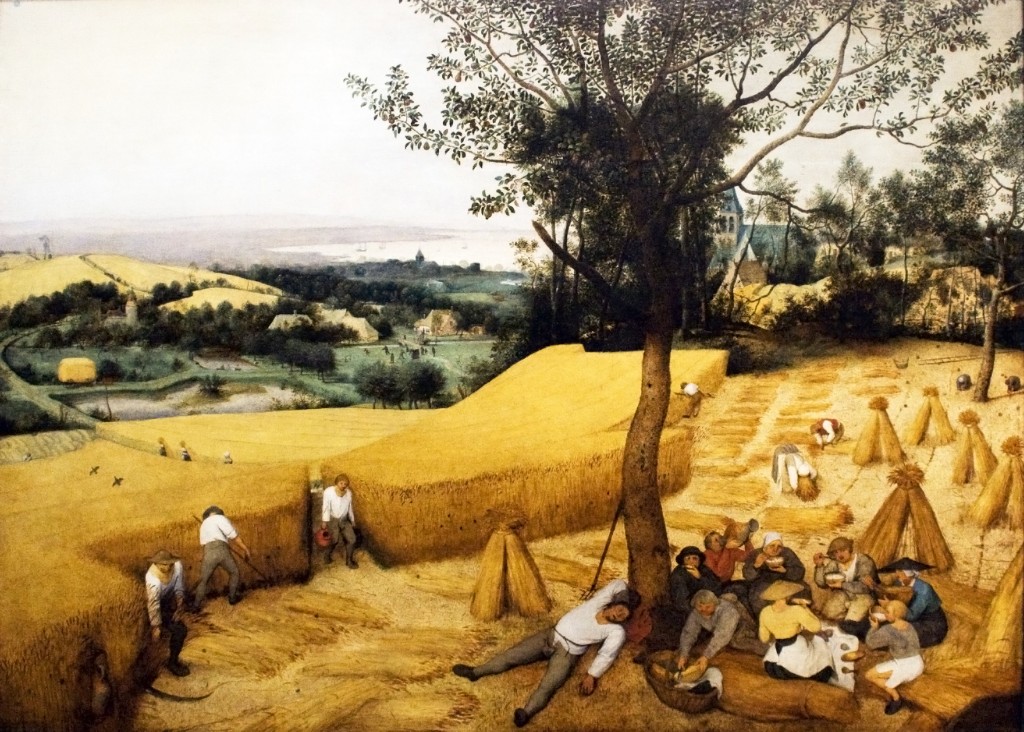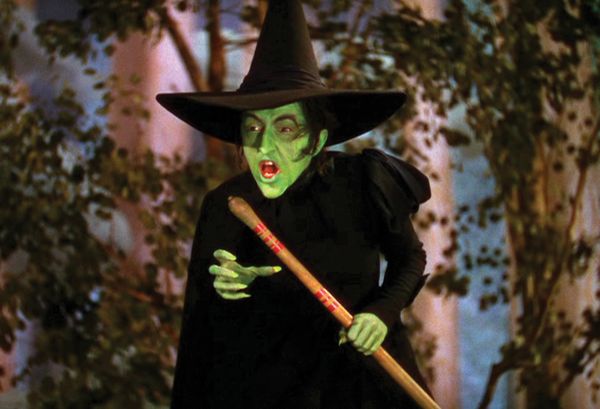My name is Michaela Quigley, and I am a senior magazine journalism major at S.I. Newhouse School of Public Communications at Syracuse University in New York. I am the founder of Shine the Magazine.
Growing up, I played soccer with my friend Miranda. The coach did not play her in the games because she has a disability. The second year that we played, however, new coaches took over the team. These two coaches played Miranda in the games. When the season ended, Miranda’s mom thanked the coaches for allowing her take part in the game. Miranda’s mom should not have had to thank the coaches. Miranda is an athlete.
I am launching Shine the Magazine. Shine is an online publication for teenagers and young adults with disabilities. It caters towards both boys and girls/men and women with physical and intellectual disabilities. Shine does not discriminate against anyone. The teens with the disabilities will be the writers and the readers. It is for teens with disabilities by teens with disabilities.
The publication will be a general interest magazine. Its sections will include life, food, sports, fashion, and entertainment. If the writer wants to talk about their disability, they can. If they want to write about something else, like a sport they enjoy, they can also do that. These teens have interests beyond their disabilities. Sometimes too much of a focus is put on the disability and not the person, so I want to change that. The readers could find a new sport that they didn’t know about or that they didn’t think they could play by reading Shine and learning about other people’s experiences.
Teens are not limited to written articles. If someone would rather make a video, they can submit one. The video doesn’t have to be fancy. It can simply be a video of the person telling their story. The teen can also submit videos that someone else made about himself or herself. Shine also welcomes photo submissions. Through Shine, teens with disabilities can become journalists, writers, videographers, and photographers.
The missions of Shine include, creating a community, learning from others, giving people a voice, and allowing people’s abilities to “Shine.” After talking to one parent, she said it is hard for her son to find people to talk to who have gone through similar situations as him. Shine will allow people to comment on other’s stories and start a conversation. Another parent said her daughter’s friends don’t include her. With Shine, her daughter will have a community supporting her.
I chose to create an online publication instead of a print publication because online allows for the content to be more accessible. The website will have features like text to speech or options to enlarge the font. If someone submits a long article, Shine will create a summarized version in case someone didn’t want to read a long story. The videos will also have closed captioning.
The website will be launching in June. Once Shine gains readers, I will look into buying an office space. This will probably be a few years away, however. I plan on hiring people with disabilities to help increase the employment rate of those with disabilities. Through Shine, young adults can become paid editors. I also plan on holding workshops for teenagers with disabilities who are interested in the journalism field. The workshop would teach the teens writing, editing, and photography skills.
I am currently looking for readers and writers. If you are interested in learning more or are interested in submitting a story to Shine, please email Michaela Quigley at shinethemagazine@gmail.com. If you want to write a story, but are having trouble deciding on a topic, Shine can help! Again, email Michaela Quigley at shinethemagazine@gmail.com.
Miranda’s nickname is Sunshine, hence the name Shine. I look forward to connecting with you! Let your abilities Shine!



